4th Jan 2023
Wednesday One-Off: Ferrari Meera S
by Collecting Cars
The early 20th century represented an unrivalled period for the flamboyant, creative, and incredibly wealthy motorist. In those relatively early days of car production, it was common for prestige automakers to provide their customers with a chassis, engine, and other mechanical components, which would then be sent to their choice of coachbuilder to be clothed in whatever bodywork they could dream of.
As the years went by, this practice became less common, but there are still some outliers, including this week’s Wednesday One-Off: the Ferrari Meera S.
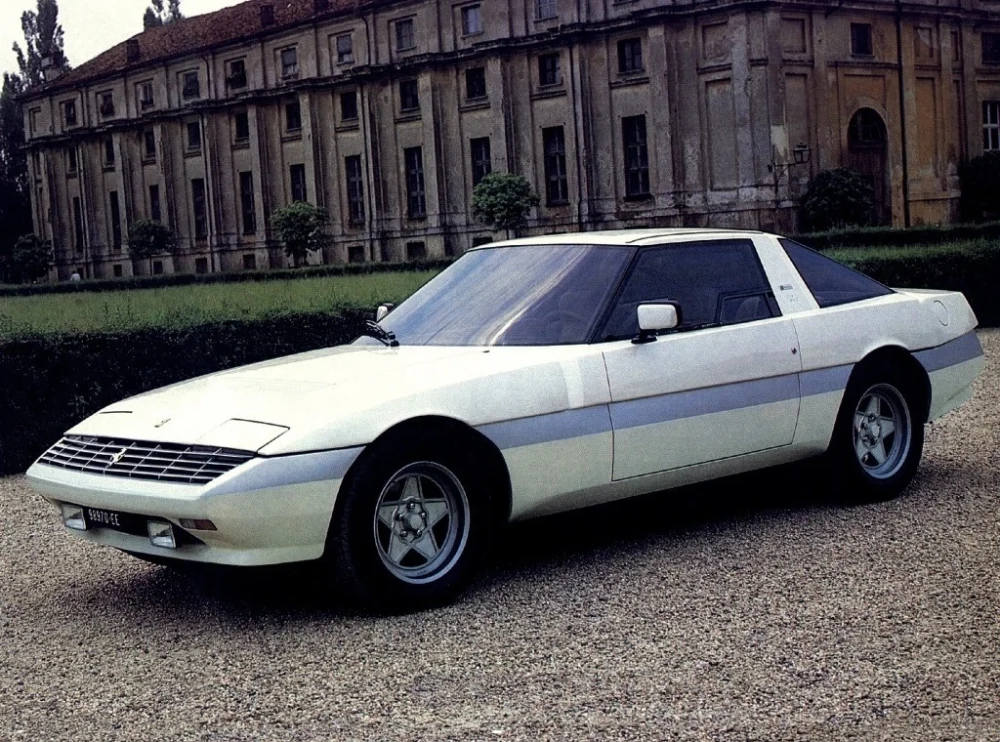
Custom-ordered in 1983 by an appropriately well-off Saudi Arabian prince (at a reported cost of around $1 million), it was based on the Ferrari 400i grand tourer, and as such was powered by a 4.8-litre V12 with Bosch K-Jetronic fuel injection, coupled to a GM-sourced three-speed automatic transmission.
The brief from the Saudi royal was relatively open, with the request being for a modernised 400i, clad in suitably sharp ‘80s wedge style bodywork, and filled with modern convenience features.

And so, Ferrari sent a 400i wearing the chassis number ‘41421’ to Turin’s Carrozzeria Studio Tecnico Michelotti for the bespoke build to be undertaken – and as it happened this would turn out to be the last Ferrari to be designed and crafted by the coachbuilder.
The original 400i body was removed, and a new, more aerodynamic form was hand-fabricated, using mostly steel, but with an aluminium nose, doors, and tail section.
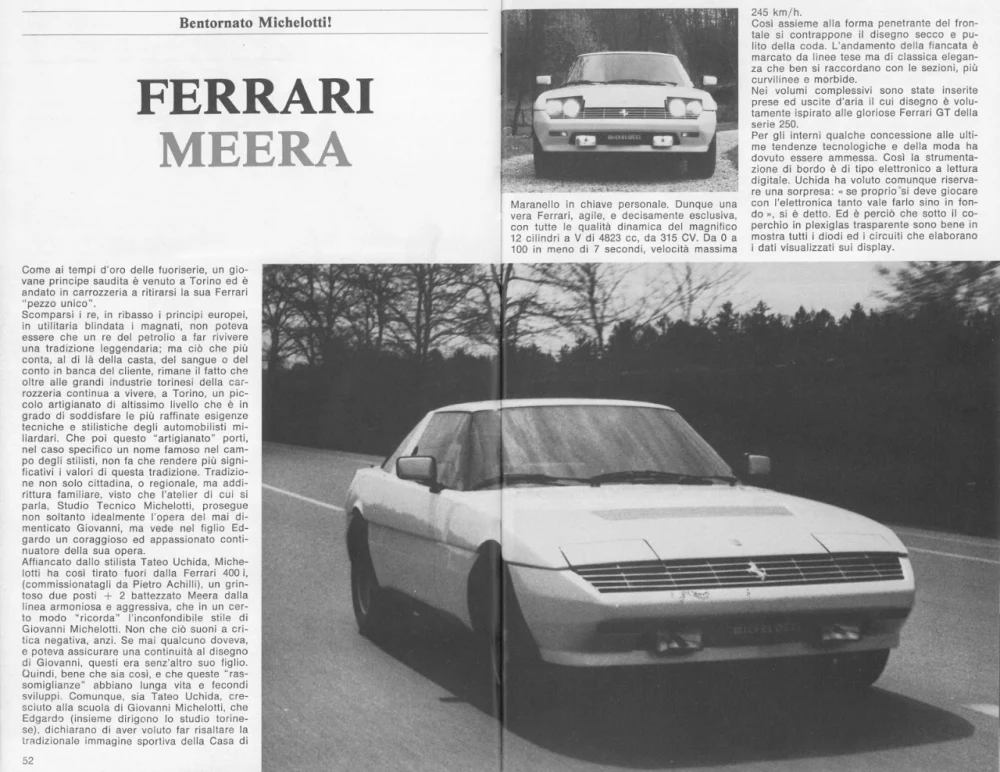
The resulting design has a number of 1980s cues familiar from other models, bearing a resemblance to the Mitsubishi Starion of the same era, and even to the final car designed by Michelotti, the Reliant Scimitar SS1. The latter is perhaps no surprise, given that the SS1 was penned by Michelotti in 1979 while working with designer Tateo Uchida, who went on to become the chief designer at Studio Tecnico Micehlotti when the Meera S was created.
In a press release issued on the Meera S’s debut, Uchida stated that the brief “came as a challenge” but that his aim was to “design a real Ferrari, emphasising the company’s traditional sports car image with a contemporary rather than classic look.”
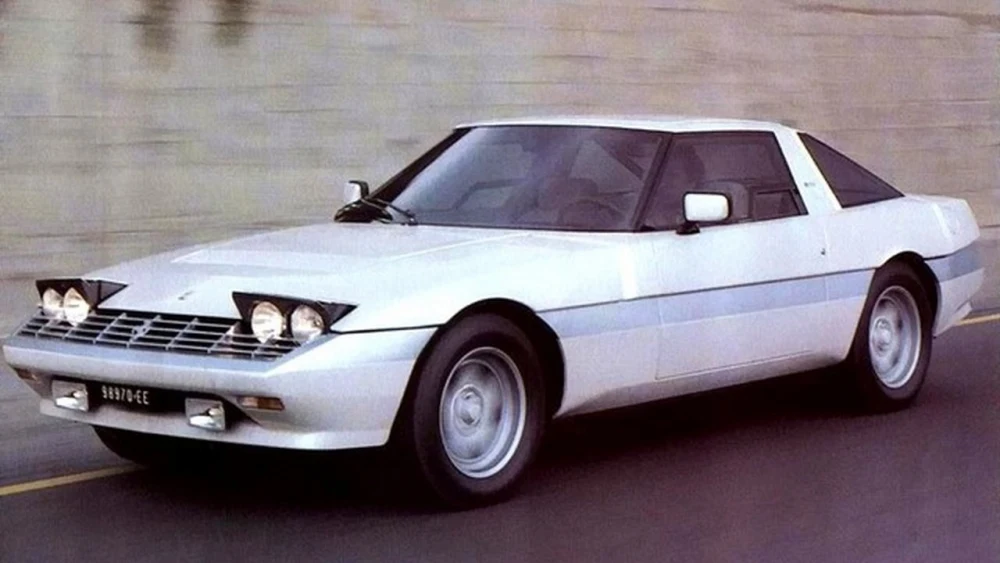
The final car was 5cm shorter than the 400i and more aerodynamic. This, combined with the same 315bhp 4.8-litre V12 allowed the Meera S to sprint from zero to 62mph in less than seven seconds, with a top speed of 152mph.
Far more than a facelifted 400i, the Meera S was also something of a technological tour-de-force, featuring window wipers on all four sides, dual-zone air conditioning, a digital electronic dashboard, remote central locking, and a camera and a monitor in place of a rear-view mirror – a concept which is only just beginning to appear in production vehicles today.
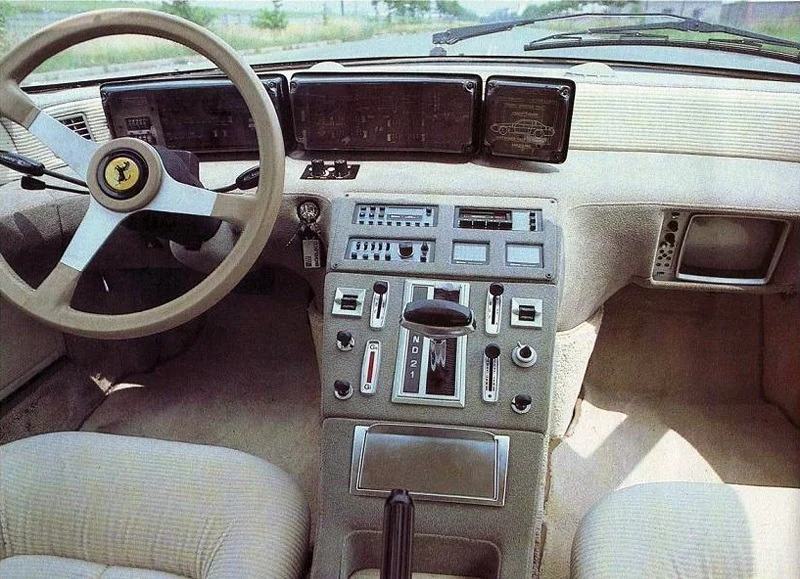
Additional features included a high-end Clarion sound system, an electric sunroof, and a single rear seat, with the other replaced by a mini bar.
Cosmetically, the car was finished in off-white paintwork with silver side stripes highlighting its bold, sharp-edged design, and the interior was trimmed in a mixture of beige velour and grey suede.
Unexpectedly, the Meera S and its original owner parted ways after just a few months. It was later acquired by Dutch racing driver Charles Zwolsman and added to his sizeable collection of Ferraris and Maseratis, but was auctioned by the Dutch state in 2001 after Zwolsman was convicted of drug smuggling.
By 2003, the car had found its way to the USA and was offered for sale with an asking price of $123,500 by a Floridian dealer, and was exhibited at the Cavallino Classic show in Florida one year later.
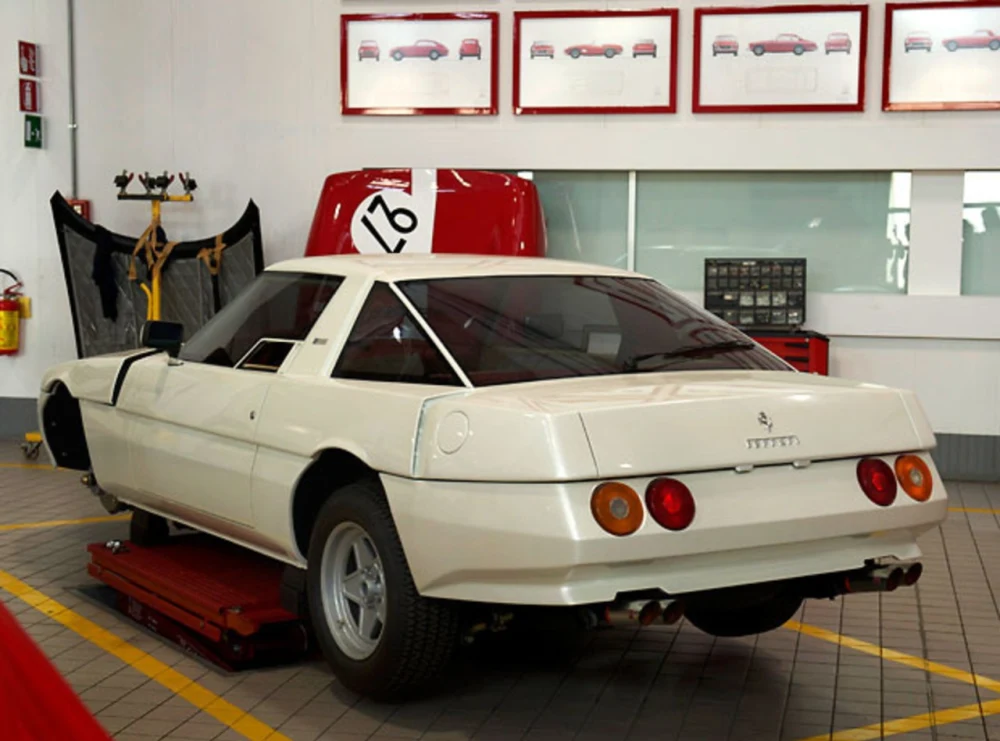
November 2010, it was given a new lease of life thanks to more than €250,000 in restoration work carried out by Ferrari Classiche, where technicians rebuilt the engine, fully reworked the electrical system, and replaced the exhaust system, to name but a few items.
The car was also fully repainted in its current hue of Bianco Fuji, and the interior was retrimmed in red and cream leather, having already been recovered in blue leather earlier in its life.
Since then, the car has been auctioned once again, this time fetching a hammer price of €432,500 – in the order of 10 times a standard 400i, which reflects not only its one-off coachwork but also its unique and intriguing features.

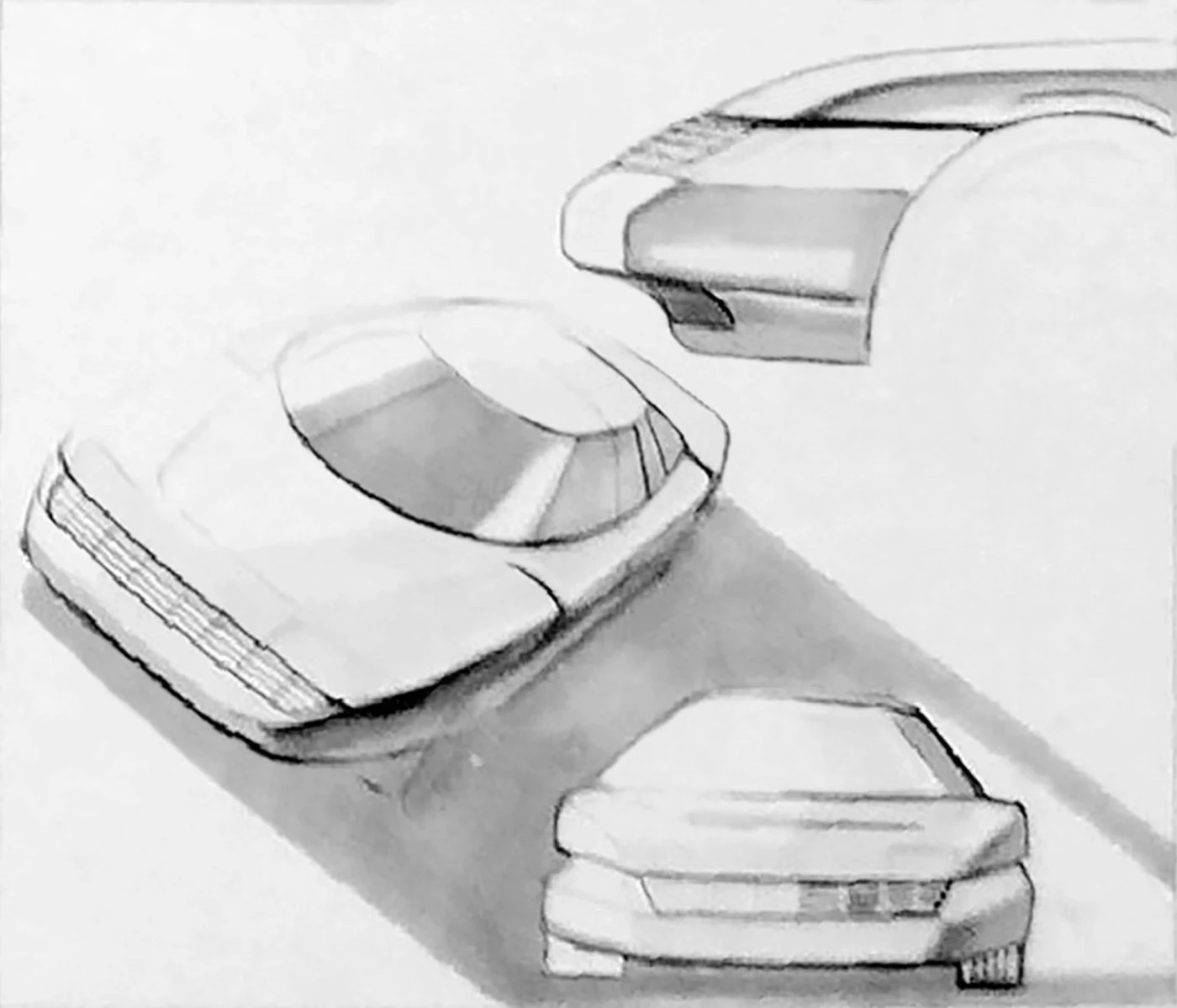
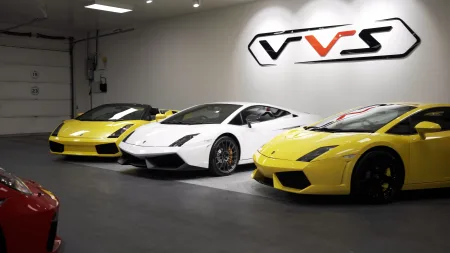



Have your say!